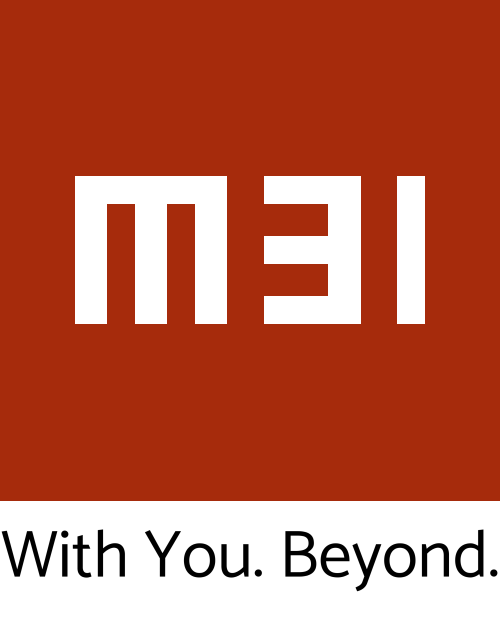
Description
The goal of this project is to develop an IoT platform built on the Zephyr Real-Time Operating System (RTOS), specifically specialized for constrained embedded systems and narrowband communication environments. The platform will integrate lightweight protocols such as CoAP (Constrained Application Protocol) and CBOR (Concise Binary Object Representation) to enable efficient, standards-compliant data exchange.
A key aspect of the work will involve leveraging Zephyr subsystems. The project also emphasizes the design and validation of low-power wireless data flows, ensuring robust and efficient communication in real-time conditions.
The system is expected to achieve three main outcomes:
- Optimized Performance: Deliver a lightweight IoT platform capable of running effectively on constrained devices with limited resources.
- Modularity and Scalability: Enable flexible integration of new components and communication layers through Zephyr’s subsystem design.
- Energy Efficiency: Validate low-power data communication strategies to extend device lifespan in real-world deployments.
Why This System is Needed
The growing adoption of IoT in industrial, environmental, and consumer domains requires platforms that balance performance, interoperability, and efficiency. Existing IoT frameworks often face key limitations:
- Resource Constraints: Many embedded devices cannot support heavy protocols or complex operating systems.
- Fragmentation: Current solutions lack standardized communication layers for seamless interoperability.
- Energy Demands: Wireless IoT devices frequently operate on battery power, making energy efficiency critical.
A Zephyr-based IoT platform addresses these challenges by combining real-time performance with modularity and low-power operation. By integrating lightweight communication protocols and efficient messaging mechanisms, this project will provide a practical and scalable foundation for future IoT applications.
How We Plan to Achieve It
The project will be carried out through four structured phases:
1. Analysis of Requirements and Existing Solutions
Study current IoT frameworks and Zephyr’s capabilities for constrained systems. Evaluate lightweight protocols (CoAP, CBOR) and subsystems (zbus, networking stack) to identify integration requirements.
2. System Design
Define the architecture of the IoT platform, including communication layers, inter-thread messaging workflows, and energy-efficient data handling mechanisms. Emphasis will be placed on modularity for easy extension and reusability.
3. Prototype Implementation
Develop a functional prototype using Zephyr RTOS, integrating CoAP/CBOR communication. Implement modular components to simulate low-power wireless data flows across a constrained network of devices.
4. Testing, Evaluation, and Documentation
Rigorously test the prototype in real-time conditions, measuring system performance, energy consumption, and communication reliability. Detailed documentation will be provided to support further development and deployment.
